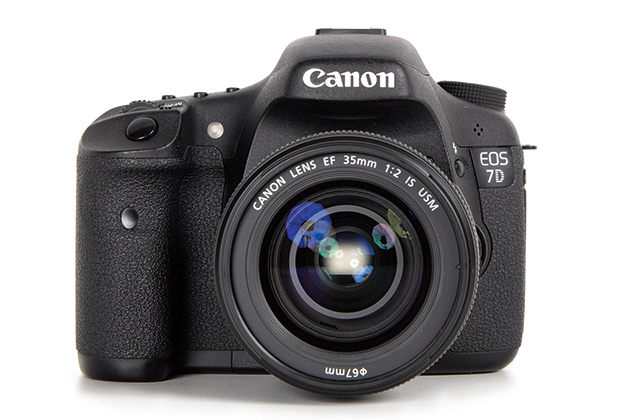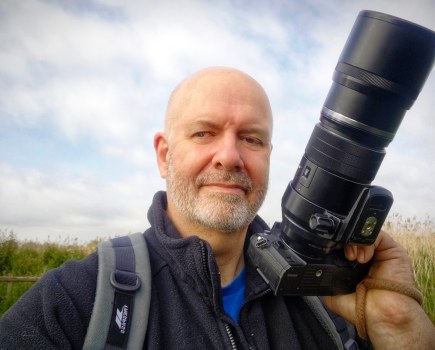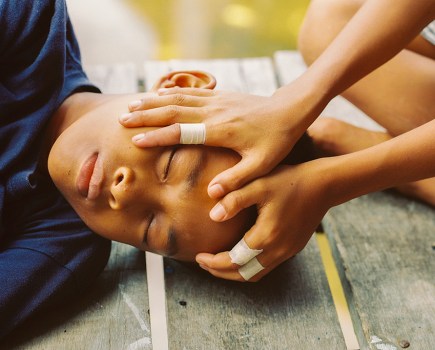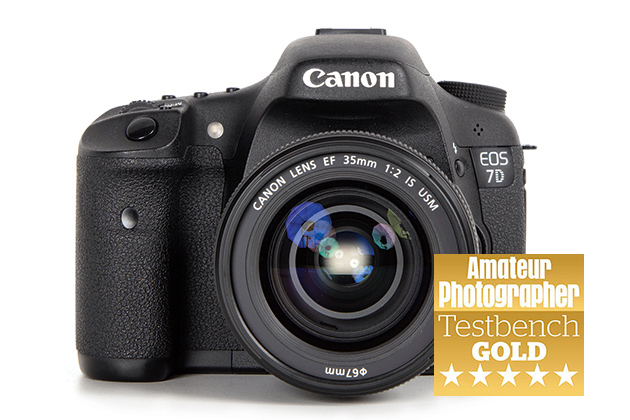
The body is weather-sealed and it accepts the widely used LP-E6 battery, offering a healthy 1,000-shot life
When it arrived in 2009, the 7D slotted into Canon’s lineup between the EOS 50D and the full-frame EOS 5D Mark II. This semi-pro flagship camera answered what many enthusiasts were calling for at the time and presented a faster performance than existing APS-C models with a robust build quality for less than it cost to make the jump to full-frame. Inside its tough magnesium alloy body, it has an 18MP APS-C CMOS sensor that pairs up with two DIGIC 4 image processors. Key features include14-bit processing,19-point all cross-type AF system, 8fps burst shooting, fixed 3in, 921k-dot screen and 100% viewfinder coverage.
Canon EOS 7D at a glance:
- £189-£284 body only (via MPB.com)
- 18MP APS-C CMOS sensor
- ISO 100-12,800 (extended)
- 100% viewfinder coverage
- 3in, 921k-dot fixed LCD screen G 820g
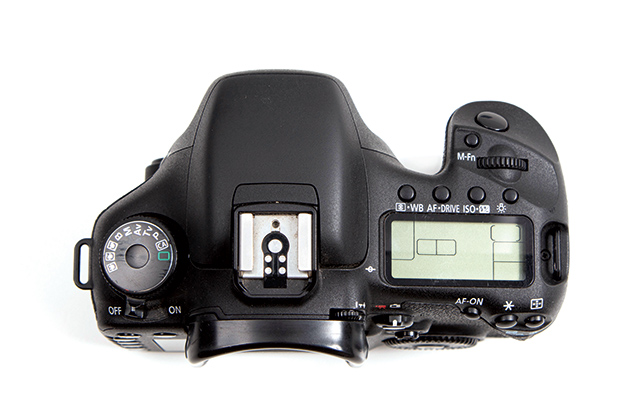
For and against
+ Excellent ergonomics
+ Durable weather-sealed body
+ 100% viewfinder frame coverage
– No phase detection AF in live view – No built-in Wi-Fi/Bluetooth connectivity
– Single SD card slot
– 150,000 shutter life expectancy is lower than many of today’s cameras
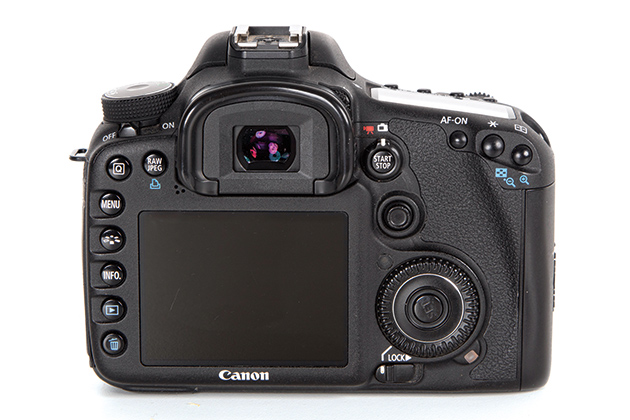
Full HD video recording is available at 24/25/30fps
What we said
- ‘The Canon EOS 7D is a significant improvement over the EOS 50D.’
- ‘It’s a good choice for serious sports enthusiasts and professionals who cannot justify the price tag of the EOS-1D Mark IV, or those who don’t need a larger sensor.’
- ‘While at 820g (body only) it is a fairly heavy camera, its contoured shape and rubberised grip make the EOS 7D feel comfortable and safe to hold.’
What to pay
The 7D cost £1,699 when new in 2009. Head to MPB.com and you’ll come across examples in ‘excellent’ used condition with a shutter count below 20,000 frames for £284. Examples with a higher shutter count (around 75,000) deemed to be in ‘good’ condition cost slightly less and can be picked up for around £229. The cheapest 7D on MPB.com was one in ‘Well Used’ condition, priced at £189 with a higher 120,000-shutter count.
How it fares today
The 7D remained in Canon’s lineup for five years before the EOS 7D Mark II arrived in 2014. Although it’s a decade old, the original 7D remains widely used by many photographers. Its Achilles’ heel compared to more modern DSLRs is its noise performance at high ISO. Without Dual Pixel CMOS AF technology, it’s also noticeably sluggish when focusing in both video and live view.
New alternatives
The EOS 7D Mark II features a 20.2MP APS-C CMOS sensor with a broader ISO range (100-16,000) that’s expandable to 51,200. Capable of shooting at up to 10fps, it has a 65-point autofocus system with Dual Pixel CMOS AF, offering a much improved video and live view autofocus performance. It also presents silent shooting modes and a 3in, 1,040k-dot screen, though it’s not touch sensitive.
What the owners think
Three Canon EOS 7D users give us their verdict
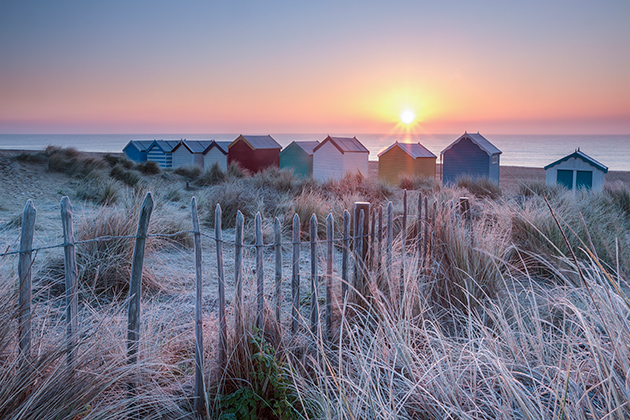
Southwold beach huts from the dunes on a frosty winter morning. Canon EOS 7D, Canon EF-S 17-55mm f/2.8 IS USM, 1/2sec at f/16, ISO 100. Credit: Justin Minns
Justin Minns
The 7D was my third Canon DSLR, a replacement for a 50D, which met a rather untimely watery end. At the time I was beginning to focus on landscape photography and was tempted by the full-frame 5D Mark II, but settled for the 7D, which fitted the bill perfectly. As landscape photography took over I did eventually switch to full frame but the 7D has its merits as either a landscape camera or more general outdoor camera. I still see a lot of people using it (or its replacement) on my landscape photography workshops.
The build quality and weather-sealing are up to the rigours of outdoor photography, and for wildlife photography the extra reach from the crop factor, and hasty autofocus and frame rate come into their own. For landscapes, the depth of field on an APS-C camera is greater at any given aperture than a full-frame sensor and there’s an excellent selection of good value, wideangle lenses to choose from.
The one weakness that I encountered was noise levels at high ISO. Push above ISO 1600 and the image quality starts to suffer. This isn’t a problem for landscapes but it’s not ideal for wildlife photography.
For and against
+ Robust build quality
+100% viewfinder
+ Extremely reliable
– High ISO performance
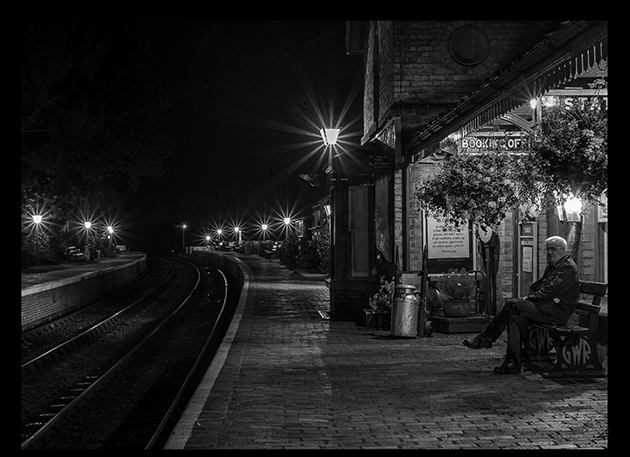
Awaiting the last train of the day on the Severn Valley Railway. Canon EOS 7D, Canon EF 28mm f/2.8 IS USM, 8sec at f/8, ISO 400. Credit: Tony Carwithen
Tony Carwithen
With the digital revolution taking off, I took the opportunity to dive in to the Canon brand. Starting with a 350D, I worked my way up. After a bit of a financial windfall in 2011, I finally had the chance to get hold of a 7D. Happily, you can switch Canon models without really having to ‘relearn’ how to use them. Although the 7D followed this pattern control wise, getting used to its abilities was a whole new ball game. At the time my main interest was motorsport (for which the 7D is entirely suitable) but I’ve since learned to use a lot of its other capabilities with other subjects. Although this led to my buying the Mark II, my trusty original has never been designated as a backup and it is still used today as an alternative – although at times I do stop and think that it doesn’t have all the capabilities of its newer brother.
For and against
+ Easy progression for Canon users
+ Great for action photography
– Occasional AF problems in low light
– Overtaken by newer technology
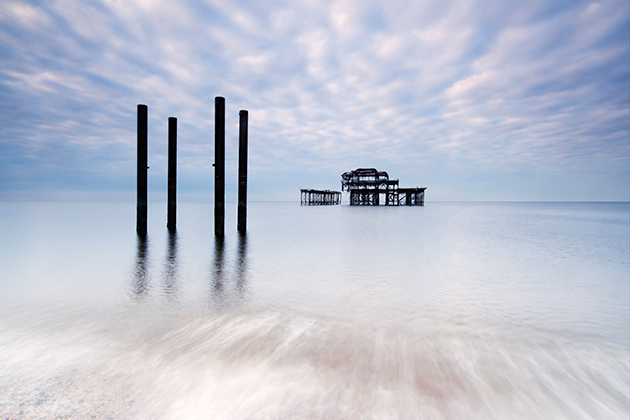
The old West Pier in Brighton. Canon EOS 7D, Sigma 10-20mm f/3.5 EX DC HSM, 1.6sec at f/16, ISO 100. Credit: Lucie Averill
Lucie Averill
I began shooting with the 10MP Canon EOS 400D, so when I upgraded to a Canon 7D I found the extra resolution and quality quite a step up, especially as I started to print more of my images at larger sizes. I like to take images in low light, before and after the sun has risen or set. I frequently use ND filters for longer exposures and I am really impressed with the way the Canon 7D has handled tricky scenes and scenarios over the years. Although I usually use a tripod, I have taken some of my favourite images handheld, and I’m not reluctant to push the sensitivity when I need to in order to get the shot. I have since purchased a full-frame Canon EOS 5D Mark III, but have held onto my 7D. I find myself using it when I require the extra reach of the cropped sensor and want to carry a lighter kit.
For and against
+ Weather-sealed body
+ Offers a pop-up flash
– No articulated screen
– Single memory card slot

